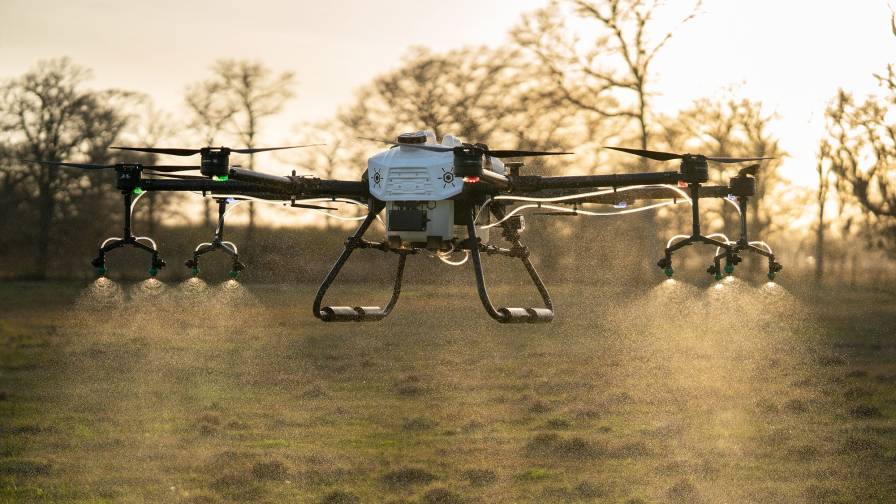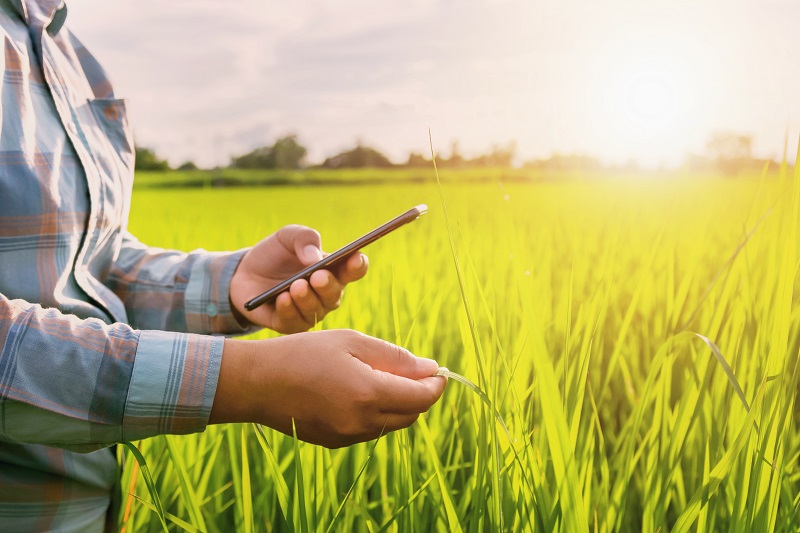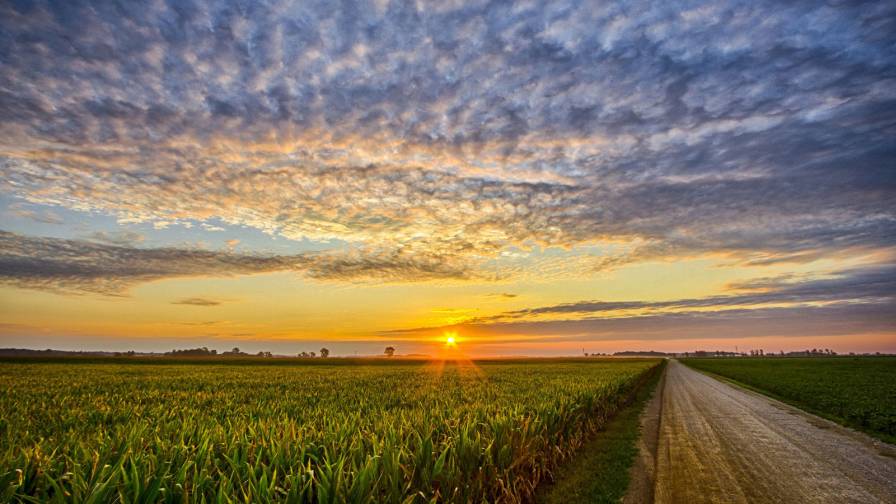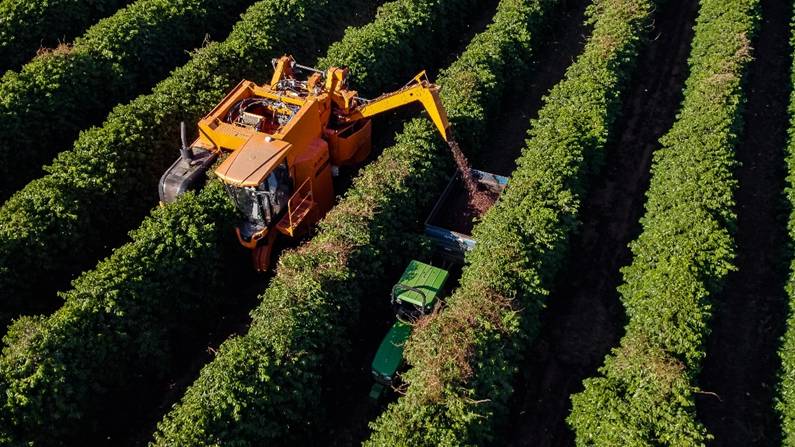Revolutionizing Agriculture: Micro-Irrigation System Market to Surpass USD 25.1 Billion by 2034
In the face of growing water scarcity and the urgent need for sustainable farming practices, micro-irrigation systems have emerged as a game-changer in the global agriculture sector. These systems are gaining traction for their ability to deliver water precisely and efficiently to plant roots, reducing water wastage and boosting crop yields. According to recent market insights, the Micro-Irrigation System Market is projected to exceed USD 25.1 billion by 2034, signifying a major transformation in global irrigation practices.
What Are Micro-Irrigation Systems?
Micro-irrigation refers to a low-pressure, low-flow watering system that delivers water directly to the root zone of plants. The two most common types include drip irrigation and sprinkler irrigation. These systems can be customized based on crop type, soil conditions, climate, and topography, making them suitable for a wide range of agricultural applications—from row crops and orchards to greenhouses and nurseries.
Market Drivers Fueling Growth
1. Global Water Scarcity & Climate Change. As water becomes increasingly scarce due to climate change and population growth, the need for water-efficient technologies is paramount. Agriculture alone accounts for nearly 70% of global freshwater usage, and micro-irrigation can reduce this significantly—by as much as 30-50%—making it a crucial tool for sustainable water management.
2. Government Incentives and Subsidies. Governments across countries such as India, China, the U.S., and Israel are investing in micro-irrigation technologies through subsidies, tax incentives, and infrastructure development programs. For example, India’s Pradhan Mantri Krishi Sinchayee Yojana (PMKSY) has been instrumental in promoting drip and sprinkler systems across millions of hectares.
MORE BY GLOBAL MARKET INSIGHTS
Growth in Precision Agriculture: Fruit Thinning Robots Market to See Significant Growth by 2032
3. Precision Farming and Smart Agriculture. The growing trend toward precision agriculture—which relies on real-time data and smart sensors—complements micro-irrigation systems. Integration with IoT, AI, and remote sensing technologies is enabling farmers to automate irrigation schedules, monitor soil moisture levels, and ensure uniform water distribution.
4. Rising Food Demand. The global population is expected to reach 9.7 billion by 2050, requiring a 60% increase in food production. Micro-irrigation systems help enhance crop productivity and ensure year-round cultivation, especially in arid and semi-arid regions.
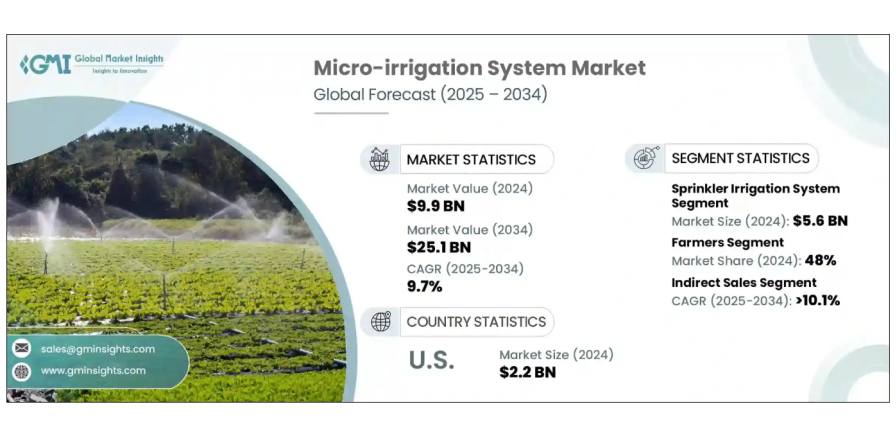
Key Segments of the Market
1. By Type
- Drip Irrigation Systems: Currently dominate the market due to their superior water efficiency and suitability for row crops, vegetables, and orchards.
- Sprinkler Irrigation Systems: Widely used for larger fields like cereals and grasses, especially in the U.S. and Europe.
2. By Component
- Pumps
- Valves
- Filters
- Tubing
- Emitters
Each component plays a vital role in optimizing performance and ensuring longevity of the system.
3. By Crop Type
- Orchard Crops
- Vegetables
- Field Crops
- Flowers & Ornamentals
- Others (Nurseries, Greenhouses)
4. By Region
- Asia-Pacific: Leading the global market due to large agricultural economies like India and China. Government programs and a growing need for sustainable agriculture drive this growth.
- North America: High adoption of precision farming technologies and regulatory support.
- Europe: Environmental regulations and the push toward water conservation are strong market drivers.
- Latin America and Middle East & Africa: Rising agricultural exports and climate challenges promote the use of efficient irrigation systems.
Innovations Shaping the Future
- Smart Irrigation Controllers. Automated controllers connected with weather stations and soil sensors adjust water application in real time, minimizing waste.
- Solar-Powered Micro-Irrigation. Solar energy is being harnessed to power pumps and control units in remote and off-grid agricultural areas, lowering operational costs.
- Biodegradable Irrigation Tubing. New eco-friendly tubing materials reduce environmental impact and disposal issues after the end of the cropping season.
- Mobile Apps and Remote Monitoring. Farmers can now operate and monitor their irrigation systems using mobile apps, enhancing convenience and control, especially for large-scale farms.
Challenges to Overcome
While the market outlook is promising, a few challenges remain:
- High Initial Investment: The upfront cost of installing micro-irrigation systems can be a barrier for small-scale farmers.
- Maintenance & Technical Know-How: Regular maintenance and technical expertise are required to ensure system efficiency.
- Fragmented Land Holdings: In countries like India, fragmented land ownership can complicate system installation and management.
However, these challenges are being gradually addressed through government support, training programs, and innovations that reduce costs and improve ease of use.
Conclusion
The Micro-Irrigation System Market’s projected growth to over USD 25.1 billion by 2034 is not just a market trend—it is a signal of a broader agricultural revolution. As the world grapples with resource constraints and the urgent need to boost food production, micro-irrigation is poised to become a cornerstone of sustainable farming. By conserving water, increasing yields, and empowering farmers with modern tools, this technology holds the key to feeding the future while protecting the planet.
Source: https://www.gminsights.com/industry-analysis/microirrigation-systems-market





